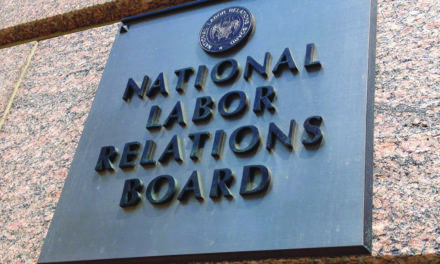LabelLetter readers, if you think that public attitudes toward the Labor Movement are formed in part by the media, then read this piece that appeared on Politico. The New York Times has just bought out Steven Greenhouse’s contract, leaving the paper without a labor reporter. It’s a long-standing trend. Too little reporting results in misperceptions about Labor’s aims and importance.

By TIMOTHY NOAH
December 04, 2014
Steven Greenhouse, the labor correspondent for the New York Times, took a buyout this week. That decision immediately reduced by 50 percent the number of reporters at major U.S. newspapers who cover labor full-time—even as the dismal situation of the American worker becomes a central preoccupation for American politicians and policymakers.
To some extent, labor reporters are falling victim to the very same workplace trends they cover. “Newspapers are under the gun financially,” observes Greenhouse, “and they’ve laid off a lot of workers.” Editors, he said, don’t view labor as “the sexiest beat.”
Labor coverage’s decline—like that of labor unions—long predates print journalism’s circulation slide. At Newsweek, for instance, as long ago as 1985, covering labor was no more than an entry-level job. Bob Cohn (today president and chief operating officer at the Atlantic, then my fellow grunt at Newsweek) became labor and workplace correspondent at the tender age of 22. Back then, he and I would swap wisecracks about what a backwater the beat had become.
Read more on Politico’s site.





